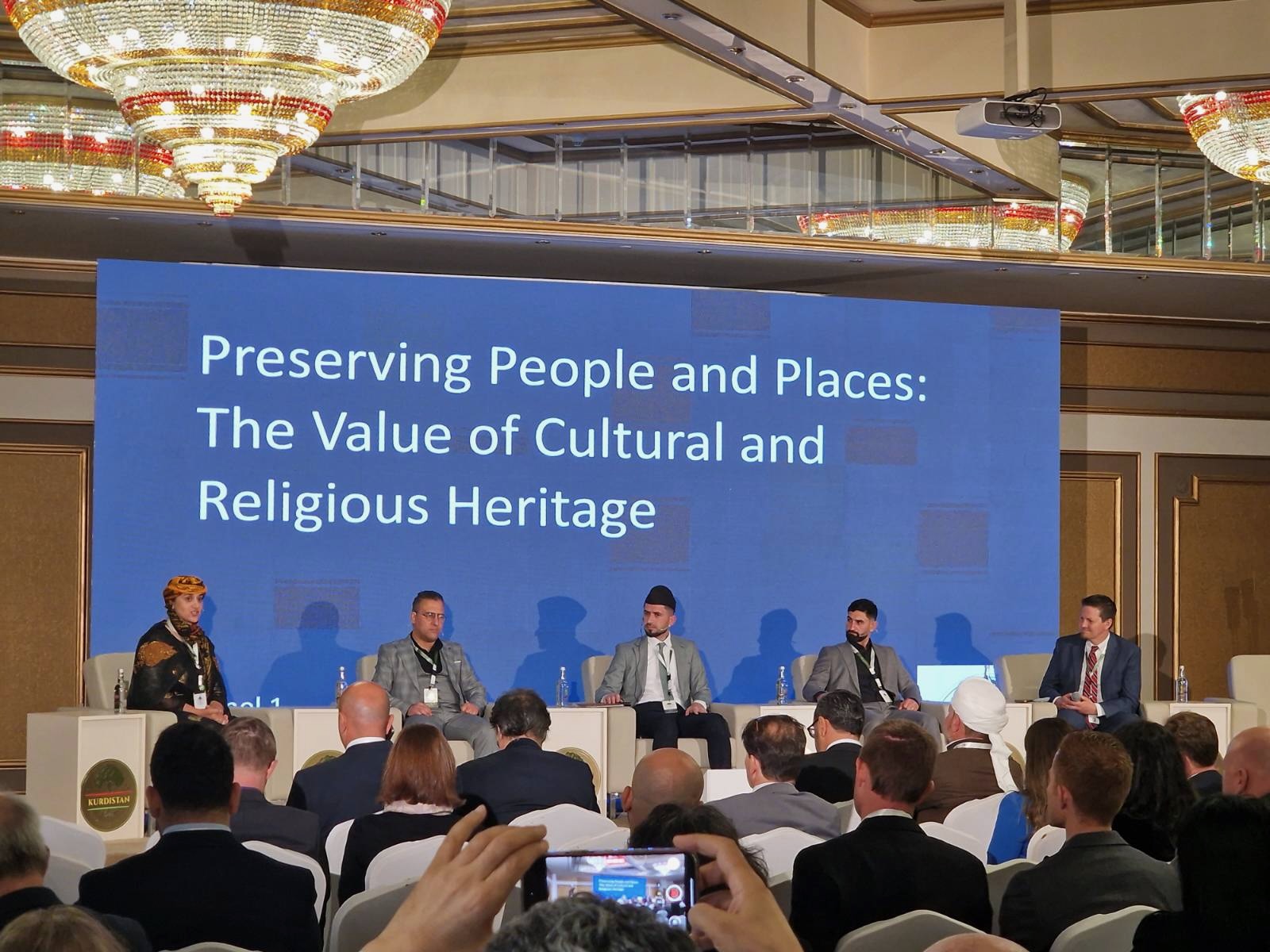Join us as we begin a series of posts focusing on the prioritization of religious freedom in American law and culture. This week our discussion focuses on religious liberty in American during the nineteenth century and is being initiated with this post by Richard Garnett.
By: Richard Garnett
There is, as Prof. Steven Smith observes in his latest book, The Rise and Decline of American Religious Freedom, a “standard story”—an “oft-told, much beloved story”—of religious freedom in America. This story is, he reports, “not wholly false” and “contains a number of partial truths.” At the same time, it is “profoundly misleading.”
In my experience, this “standard story” is familiar to most Americans, whether or not they are historians or constitutional lawyers, though lawyers have probably been more exposed to and influenced by it than most. In this account, our sophisticated and “enlightened” Founding Fathers—with far-seeing Virginians like Thomas Jefferson and James Madison in the lead—took special care to write and design a “godless” constitution so as to spare our new political community and experiment from the superstition and strife that, they knew all too well, had ravaged and torn Europe in the preceding centuries. In this story, the First Amendment was crafted and constitutionalized so as to entrench a principle—a “wall”—of church-state separation and ensure a secular “public” sphere, with religion protected, but confined within, the “private” realm.
This story is not true. In fact, America’s revolution and constitution were shaped not only by the Enlightenment but also by the Great Awakening, by preachers as well as pamphleteers. And, as John Witte describes in Religion and the American Constitutional Experiment, the Founding-era arguments about religious freedom under law included not just “Enlightenment thinkers” but also “congregational Puritans,” “Free Church Evangelicals,” and “Civic Republicans.” It would not have been difficult to identify a consensus in favor of the liberty of religious conscience and a distinction between religious and political authority and office, but this consensus obtained at a high level of generality and allowed for variation and disagreement with respect to many—indeed most—questions and applications. And, it seems very unlikely that the First Amendment was widely seen as embodying, let alone entrenching, much beyond an aversion to a nationally established church, backed and propped up by legal coercion, of the kind they knew existed elsewhere. Hardly anyone, if anyone, thought that the ratification of the First Amendment meant that something called “religion” was now legally barred from the “public” or that, as a result of that provision, the constitutional validity of laws and policies was contingent on a judicial determination that they did not rest on “religious” beliefs or motives.
James Madison believed, as John Noonan puts it, that freedom of religion “promised a lustre to our country.” However, Noonan notes, “what that formula meant had to be worked out.” And, unlike the way that the “freedom of religion” formula is “worked out” today, this working out, in the first century of the American experiment, did not happen in courts and lawsuits. True, there were arguments—arguments about Thanksgiving proclamations, Sunday mail service, publicly funded missionaries to the Native Americans, church incorporations and property ownership, congressional chaplains, military exemptions, and so on—and some of these arguments involved or invoked the First Amendment, but they were not settled by the Supreme Court. And, to the extent they were “settled” at all, it was not in a way that could plausibly be characterized as “godless.”
It is impossible to avoid oversimplification, and so it will have to be enough to observe that these and other arguments took place against a backdrop—against, again, what could be seen as a consensus—that Protestant Christianity was the religion of most Americans and that this was a good thing for American institutions, American society, and the American future. A shared, largely unquestioned commitment to religious freedom co-existed, in a way that does not seem to have struck most people as very complicated, with anti-clericalism and anti-Catholicism, with a willingness to use conversion to Christianity as a means of managing Native Americans and facilitating westward expansion, and with an aggressive, at times brutal campaign against the LDS Church. For most people, it could be true both that religious freedom was at the heart of our political experiment and that Christianity was “part and parcel of the common law.” The anti-Catholicism that was in the air breathed by nearly all Americans from the colonial period through the 19th century and beyond, and the efforts to suppress not only LDS practices but the LDS Church itself were not, most (who were not Catholic or Mormon) probably would have thought, deviations from the American commitment to religious freedom but instead, in a way, expressions of it.
Unfortunately—and in no small part due to the “law office history” contained in a few mid-20th century Supreme Court opinions—the complexity of the religious-freedom story in the 19th century is insufficiently appreciated.
Richard Garnett is Associate Dean for Faculty Research and Professor of Law and Concurrent Professor of Political Science at the University of Notre Dame Law School.
This piece was originally authored on May 27, 2014 for the Religious Freedom Project at Georgetown’s Berkley Center for Religion, Peace, and World Affairs.
THE RFI BLOG

RFI Leads Training Session on Religious Freedom Law and Policy for U.S. Army War College

Oral Argument in Charter School Case Highlights Unconstitutional Motives Behind OK Attorney General’s Establishment Clause Claim

Largest Longitudinal Study of Human Flourishing Ever Shows Religion’s Importance

Keys To Human Flourishing: Faith And Relationships Outweigh Wealth

RFI Champions Religious Freedom at Kurdistan’s First National Prayer Breakfast
CORNERSTONE FORUM

Reaffirming Religious Freedom: Bridging U.S. Advocacy and Iraq’s Constitutional Framework

Political Polarization, Same-Sex Marriage and Religious Liberty

Bridging the Gap Between International Efforts and Local Realities: Advancing Religious Freedom in the MENA Region

Challenges to Religious Freedom in Iraq and the Critical Need for Action


